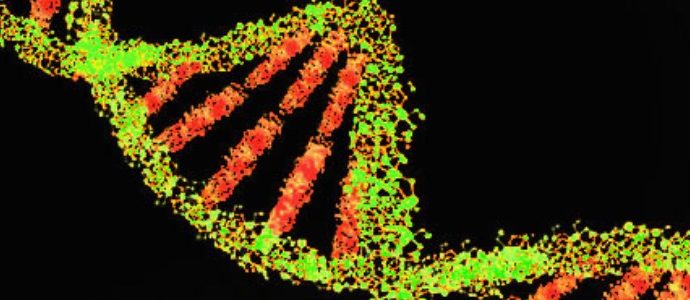Our Singular Genetic Code Might Not Be Alone in the Universe
All lifeforms across the entirety of the planet Earth have one thing in common, in that there is only one genetic code shared amongst all of the biological kingdoms, a singular chemical language handed down through the planet’s history, from the earliest single-celled creatures to the complex organisms thatread more
